Why do we need this? Simple: As individual makers we can't always afford the materials we'd like for our projects, so we'll have to make them for ourselves. A lot of smart people are working on getting these materials produced at lower cost, but scaling up production is not always all so easy. Until they get there the costs are prohibitive. So with this project I intend to let us trade TIME for MONEY. We can make them in small batches for our own use, even if the process is slow. We'll use our time, and save our money. :)
Many people are making carbon nanotubes at home right now, in small amounts. But how often do they actually USE them for anything? Seldom. The tubes are not in a form they can make much use of. Looking for that strength the tubes promise? Sorry, not right now at home. How about the electrical properties? Again, sorry, not in the right form. Want to mix nanotubes electrical properties with a PVDF membrane on an energy harvesting device you want to build, maybe even on a flexible substrate you can wear? Not going to happen, But with this project that can change. It's just a matter of putting in the work and getting it done.
I intend to proceed in several steps. The first step is to use what I have available to build a basic electrospinning machine, and start learning how to use it. It won't have all the bells and whistles, but it will help define the envelope the final machine will operate within.
Step two is to improve on that machine, fix what needs fixing, and then put together a final machine using commonly available worldwide materials, easily sourced from Ebay as well as the usual hobbyist sources. At this stage I'm going to modify a delta 3D printer, enclosing it to make it safe to operate. I chose a delta printer for several reasons. One, I have one (insert happy face here) Two, they provide the needed clearance on the Z axis. And three, it will be easy to build an enclosure for it that will keep all the dangerous electrical away from me.
Step three will be working, using a few ideas I have, to get the landing spot to as small a size as I can. Normally, the fibers are deposited in a mat all over the grounding plate. Not good enough for what I have in mind.
Step four is to publish as open source all the hardware and software needed for anyone to build their own machine. They will be able to pick and chose just what they need to make their own machine, or add it to any 3D printer that has sufficient work area available.
I'm hoping that the final machine will open a new area for hobbyist level exploration of new materials they may not have thought of yet. In particular, carbon nanotubes and their behavior at the nano scale.
As a given, every effort will be made to make sure it's safe! We'll be using voltages up to or exceeding 20kv. While that sounds like a lot, and it is, we already have appliances in our homes that use similar voltages, like microwave ovens and CRT's, and all are made safe enough that we don't even think about it when we use them. This machine will have to be equally safe to use.
 Douglas Miller
Douglas Miller
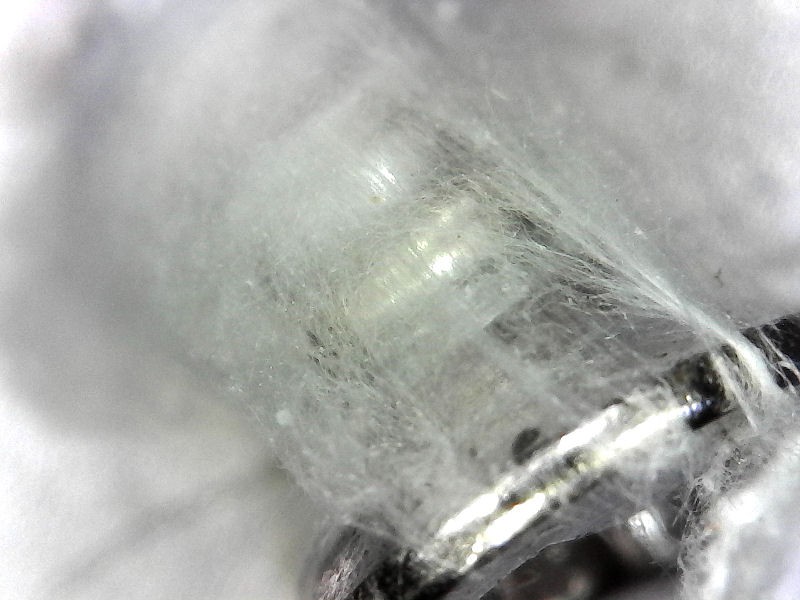

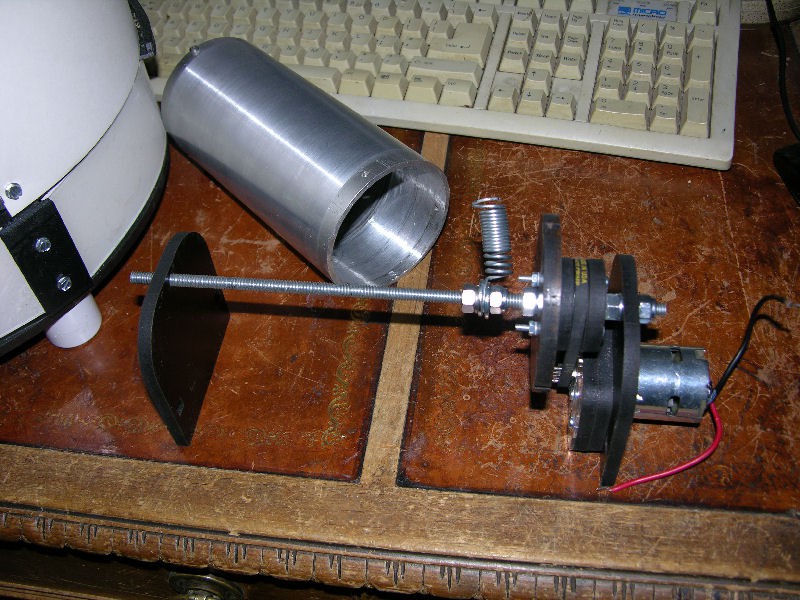
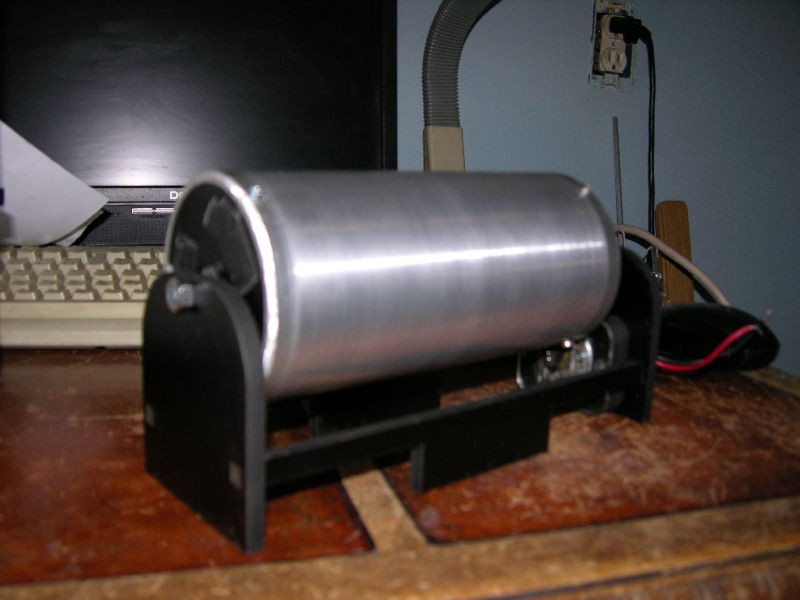
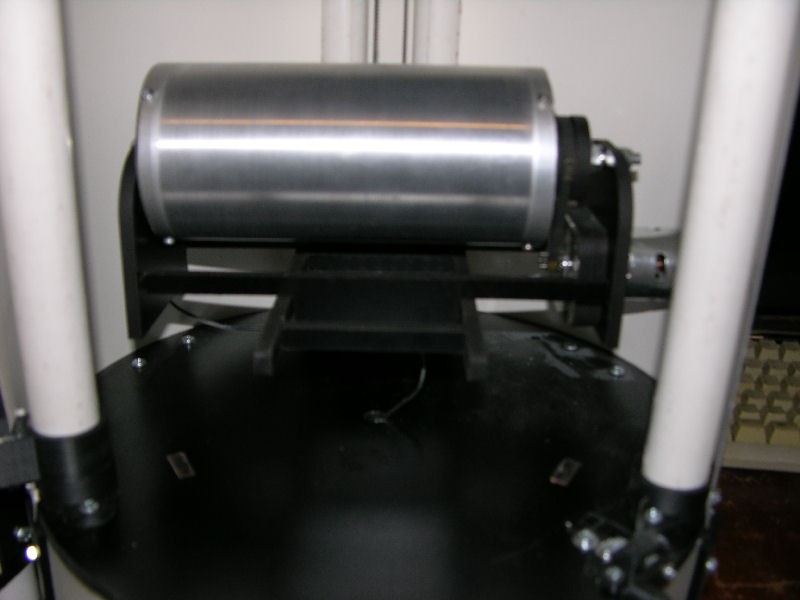

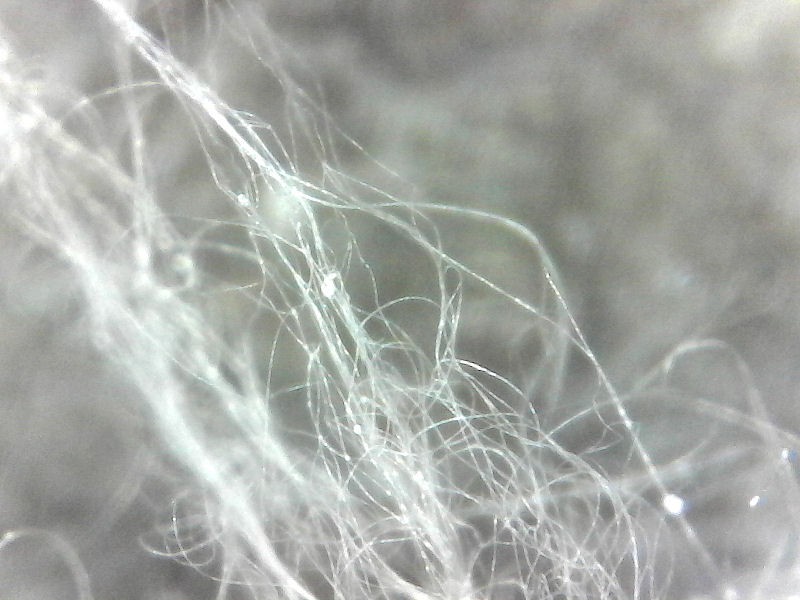
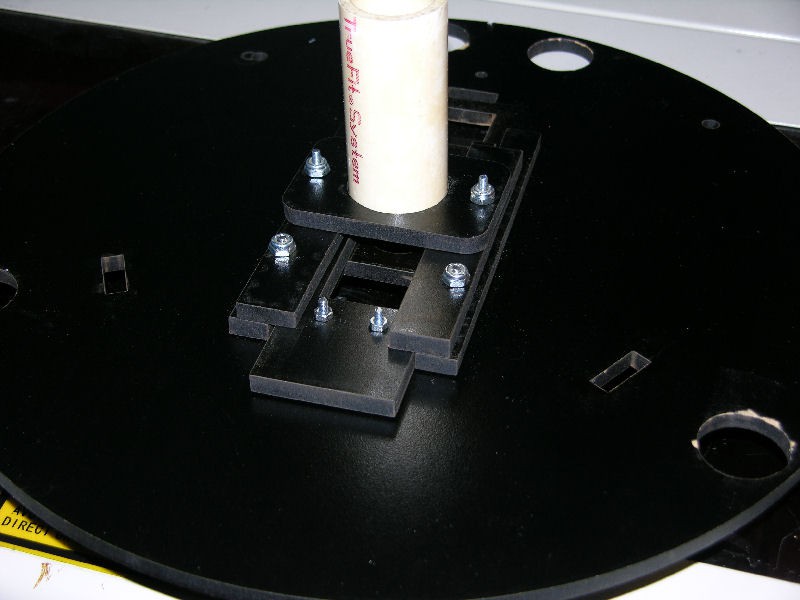
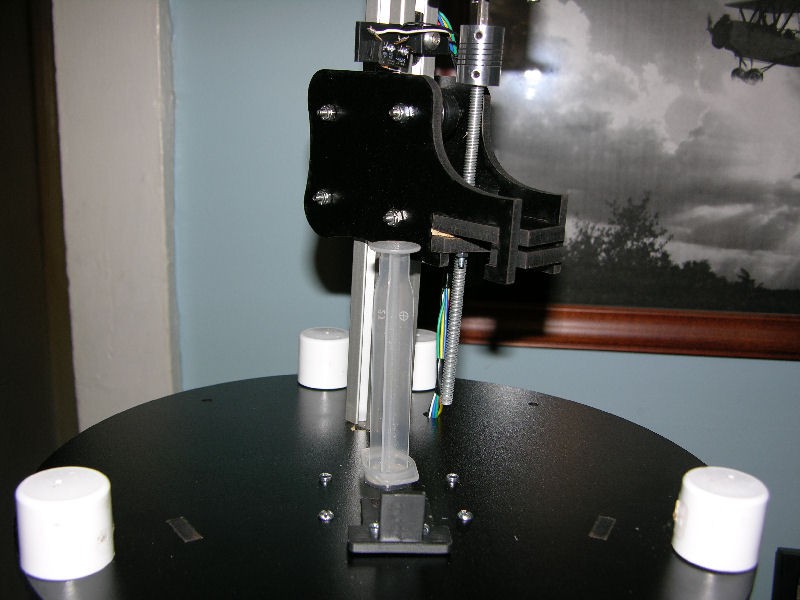


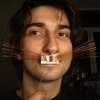
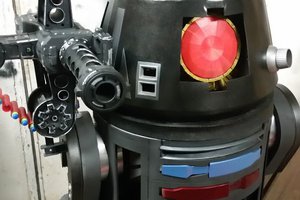
 Kenneth Zaborny
Kenneth Zaborny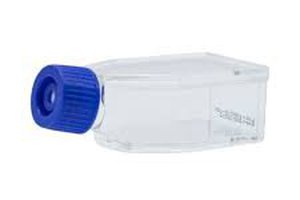
 SapoRano
SapoRano
 anthony.webb
anthony.webb
 Supplyframe DesignLab
Supplyframe DesignLab
Hi Douglas,
I tried importing the .stl files you've posted for the syringe pump into Solidworks, but it has trouble importing them well (it splits all curved faces into polygons, for example). I don't suppose you have file types that might play more nicely with Solidworks? Thanks for all your help!